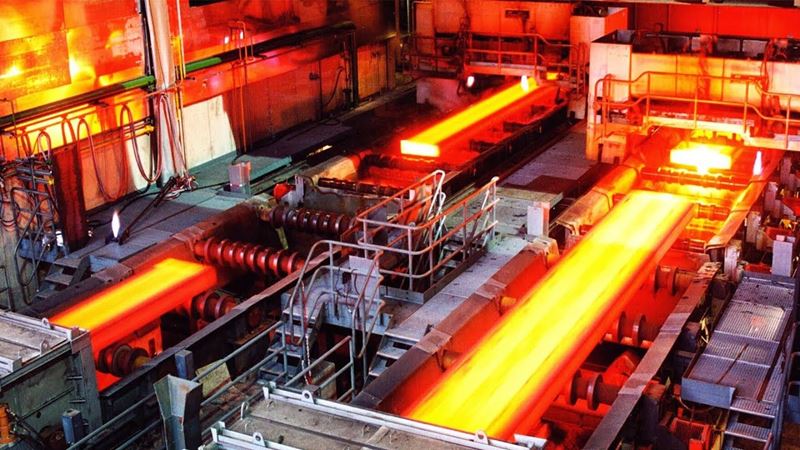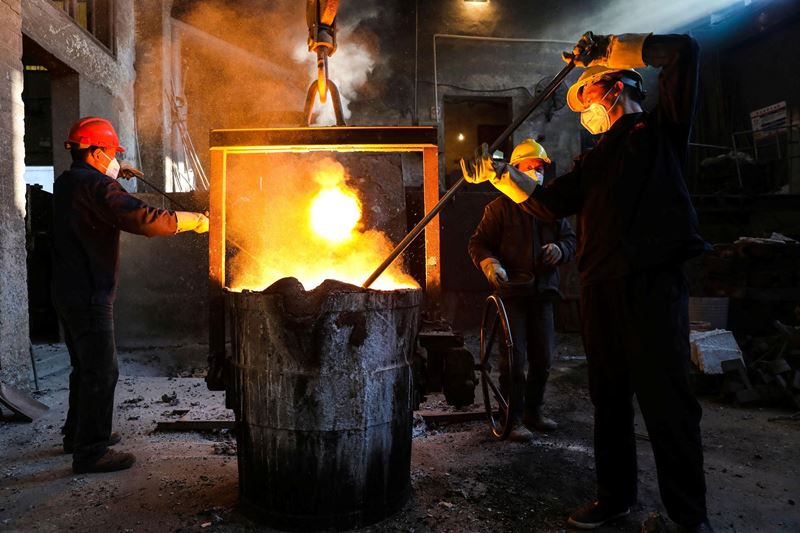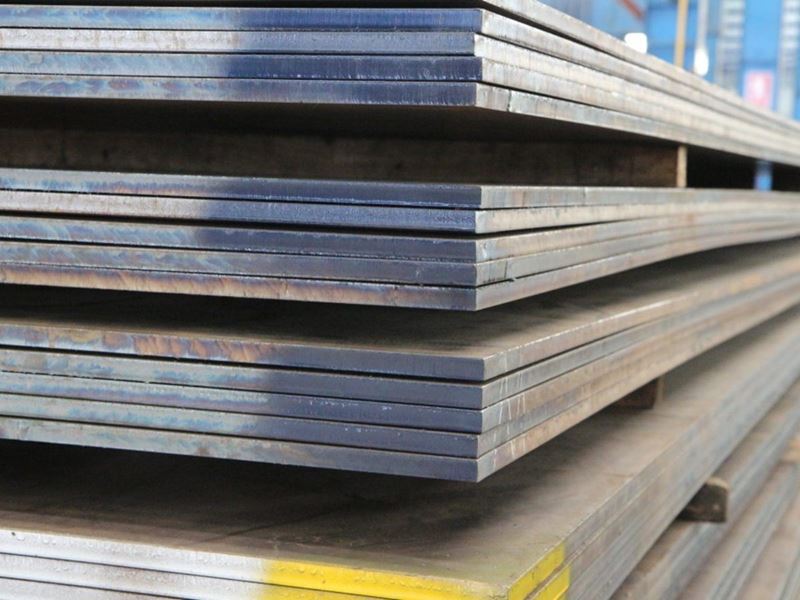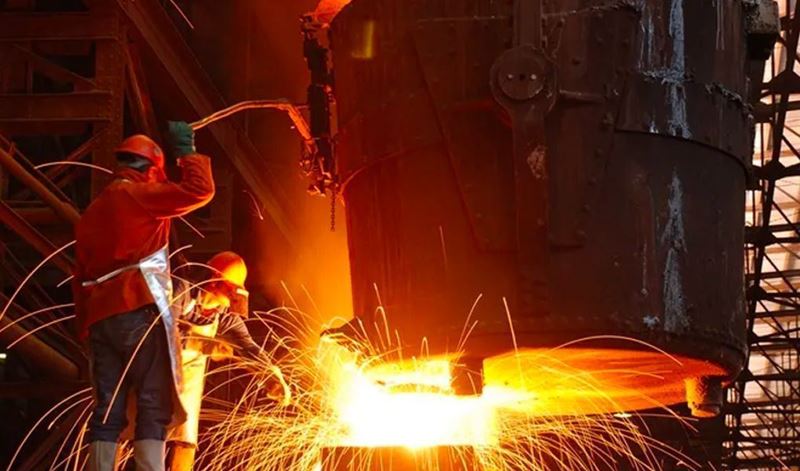India is not only the most populous country in the world, but also stands out with its rapidly growing economy. The OECD expects India to grow at 6.5% in 2025. One of the driving forces of this growth is the country's steel industry. The Indian Ministry of Steel aims to transform the sector with its new “Greening the Steel Sector” roadmap, which was announced to make steel production environmentally friendly.
The 14-point roadmap announced by the Ministry of Steel aims to reduce carbon emissions in India’s steel production and make the sector sustainable. The action plan includes a series of steps such as developing a classification for green steel, emission monitoring certificates and promoting green priority markets in public procurement. The ministry aims to increase efficiency and reduce costs in the value chain from raw material procurement to final processing.
Target is to increase steel production capacity to over 300 million tons in 2030
The Indian government plans to increase steel production capacity by 2030, almost double its current level to 300 million tonnes. This target aims to meet India’s steel needs for infrastructure projects. However, this growth requires the sector to rapidly reduce carbon emissions. In India, high CO2 emissions, particularly from pig iron production, pose a significant challenge.
Major steelmakers continue to make technological investments for this transformation. Tata Steel aims to reduce CO2 emissions per unit of crude steel by 20% by 2030 and reach net zero by 2045. The company is working on innovative solutions such as carbon capture and utilization (CCU) technologies and hydrogen injection. JSW Steel, on the other hand, plans to reduce CO2 emissions from its production by 42% by 2030 and reach net zero by 2050. The company also aims to install 20 GW of renewable energy capacity and reach 40 GWh of energy storage capacity.
Green steel and renewable energy investments
Production of green steel in India provides up to 97% lower carbon emissions than traditional methods. Technologies such as green hydrogen and electric arc furnaces (EAFs) play a critical role in achieving this goal. However, this transformation requires significant investment and infrastructure changes. The production of green hydrogen is one of the biggest obstacles due to its high costs. However, advances in renewable energy and green hydrogen production can reduce these costs over time.
Pardeep Kumar Thapliyal, AVP and Business Head of Jindal Steel & Power Limited, said, ‘The transition to innovative technologies such as hydrogen in green steelmaking requires large investments. However, by leveraging economies of scale and government incentives, these technologies can be made more affordable,’ says Pardeep Kumar Thapliyal, Chief Operating Officer, Jindal Steel & Power Limited. Other barriers to this transformation are limited access to green energy sources and high production costs. Anurag Sinha, Executive Director of Engineers India Ltd, emphasises that India has strong green energy resources to overcome these challenges.
Future perspective
India’s carbon emission reduction targets in the steel sector present a great opportunity not only in terms of environmental sustainability but also in terms of economic growth. The global green steel market is expected to grow to USD 117.13 billion by 2031. India is rapidly progressing towards becoming a major player in this market.
However, for this transformation to be successful, both domestic manufacturers and the government will need to establish strong cooperation and long-term investment strategies. The expansion of green steel production will contribute to India’s economic growth and will also make a significant contribution to global climate goals.











Comments
No comment yet.